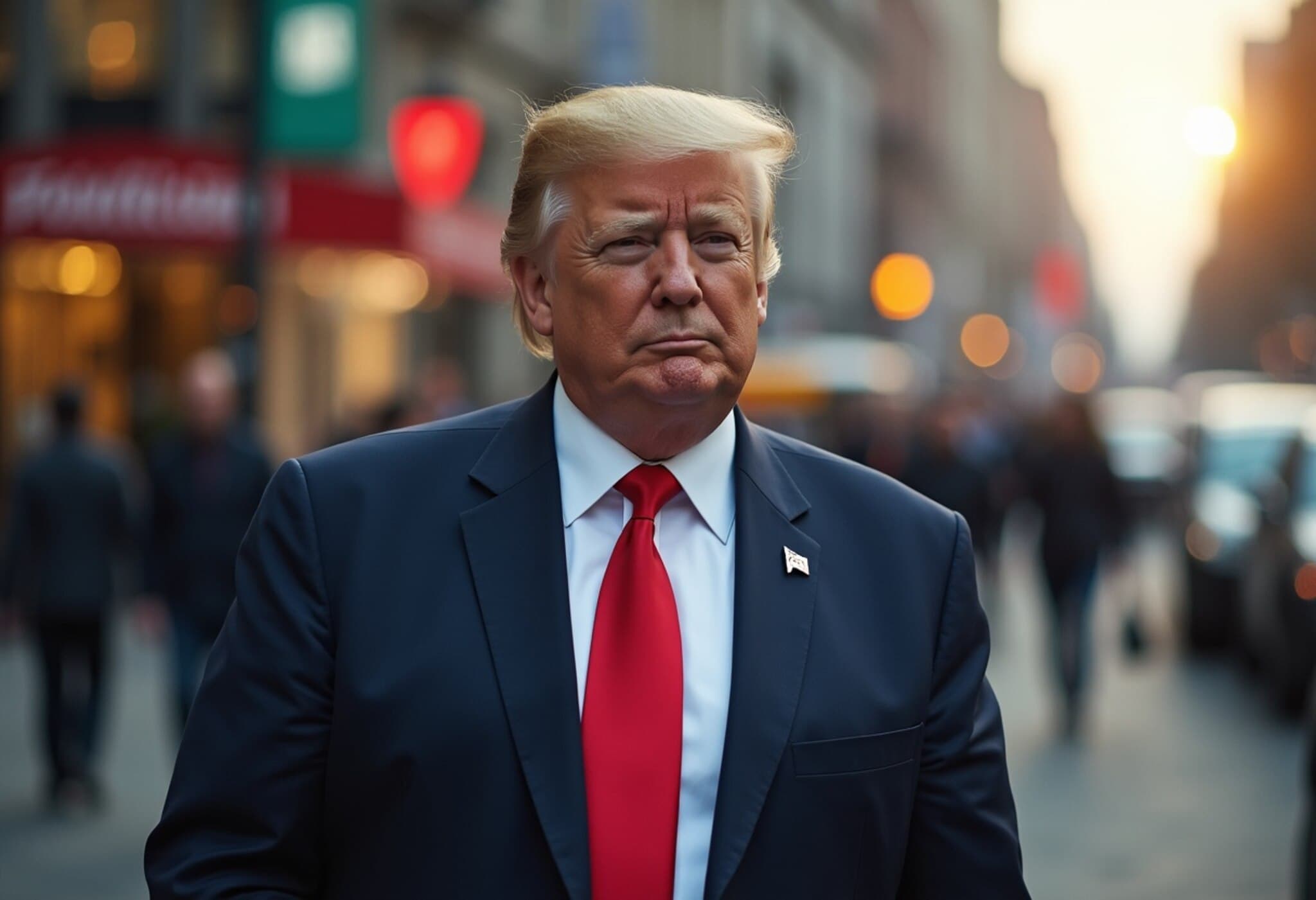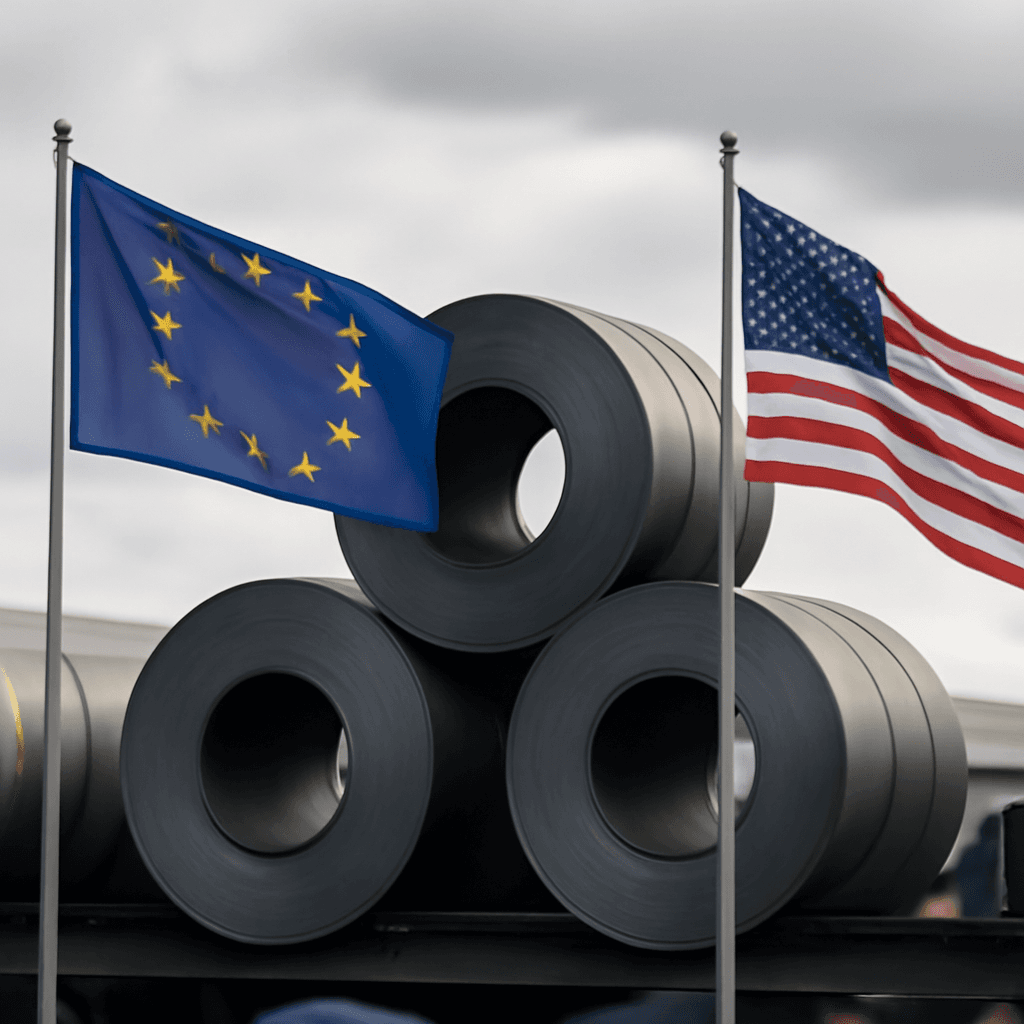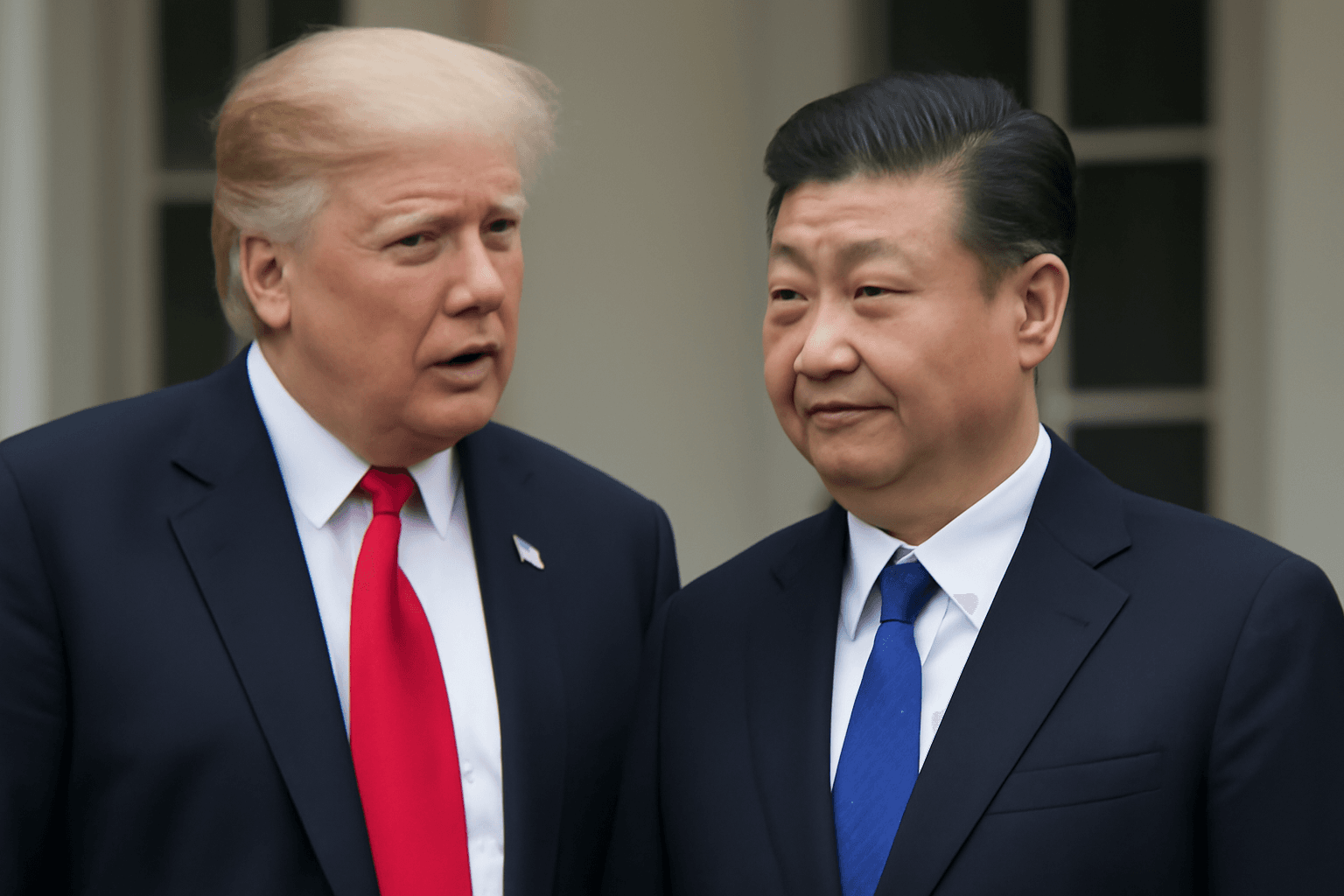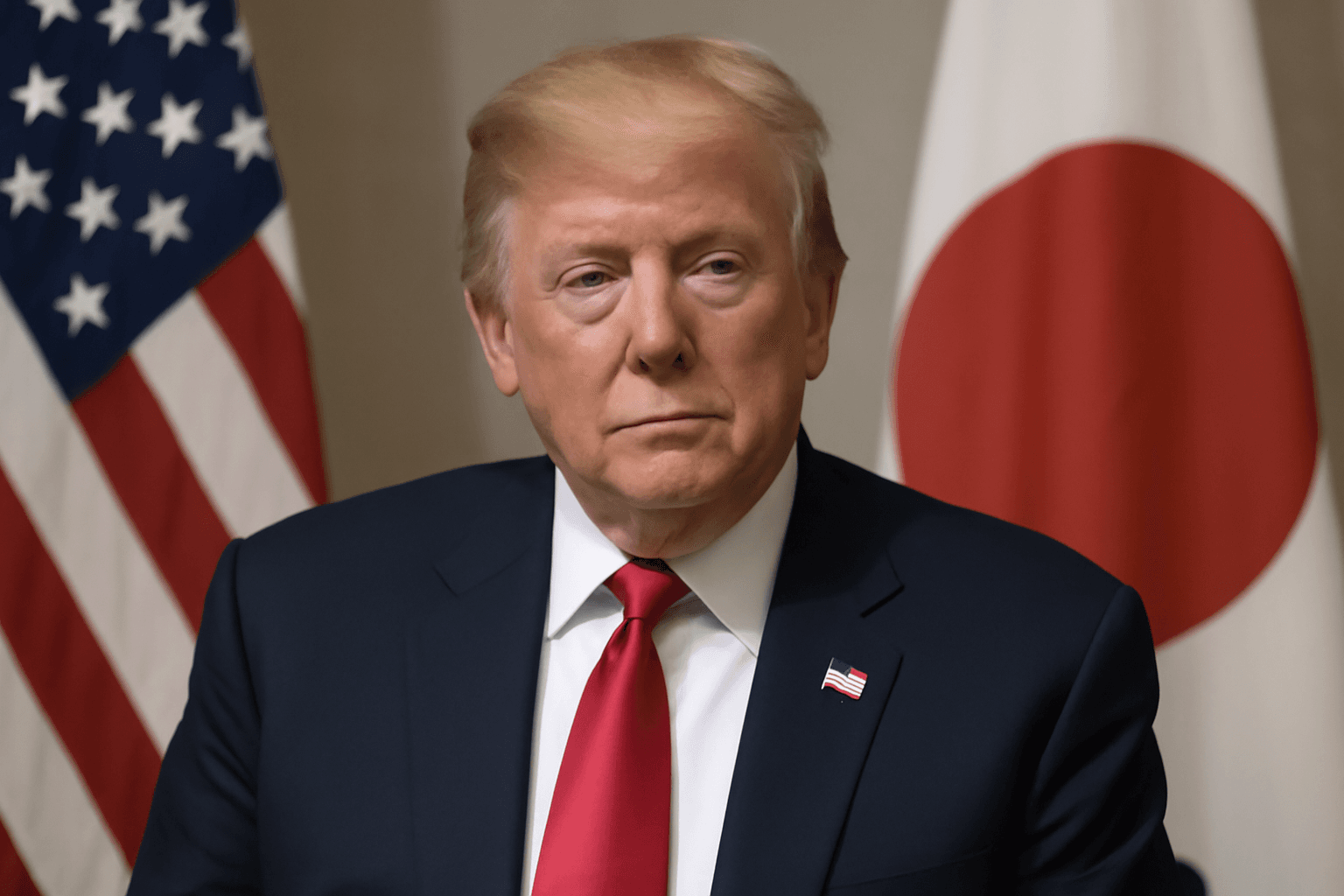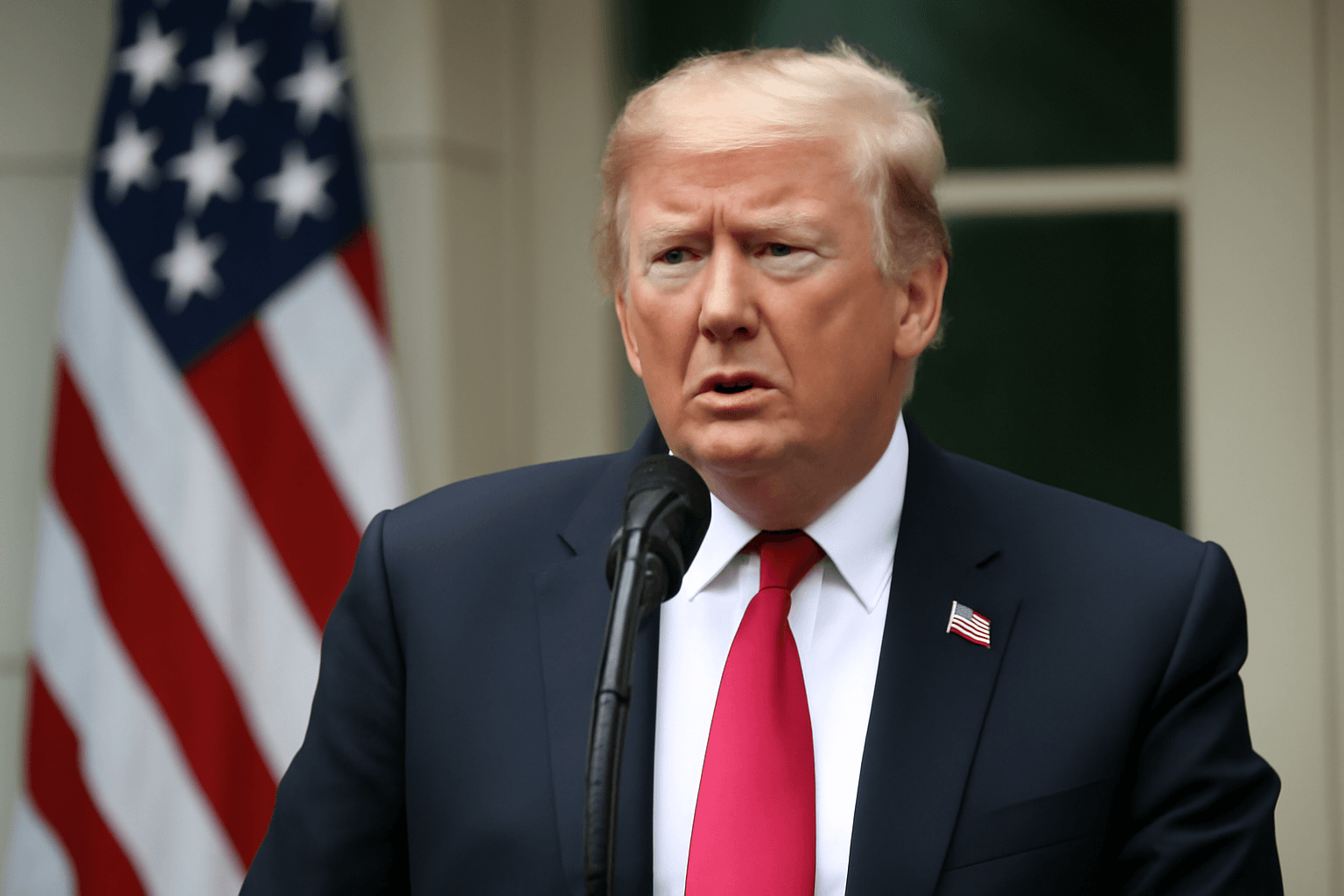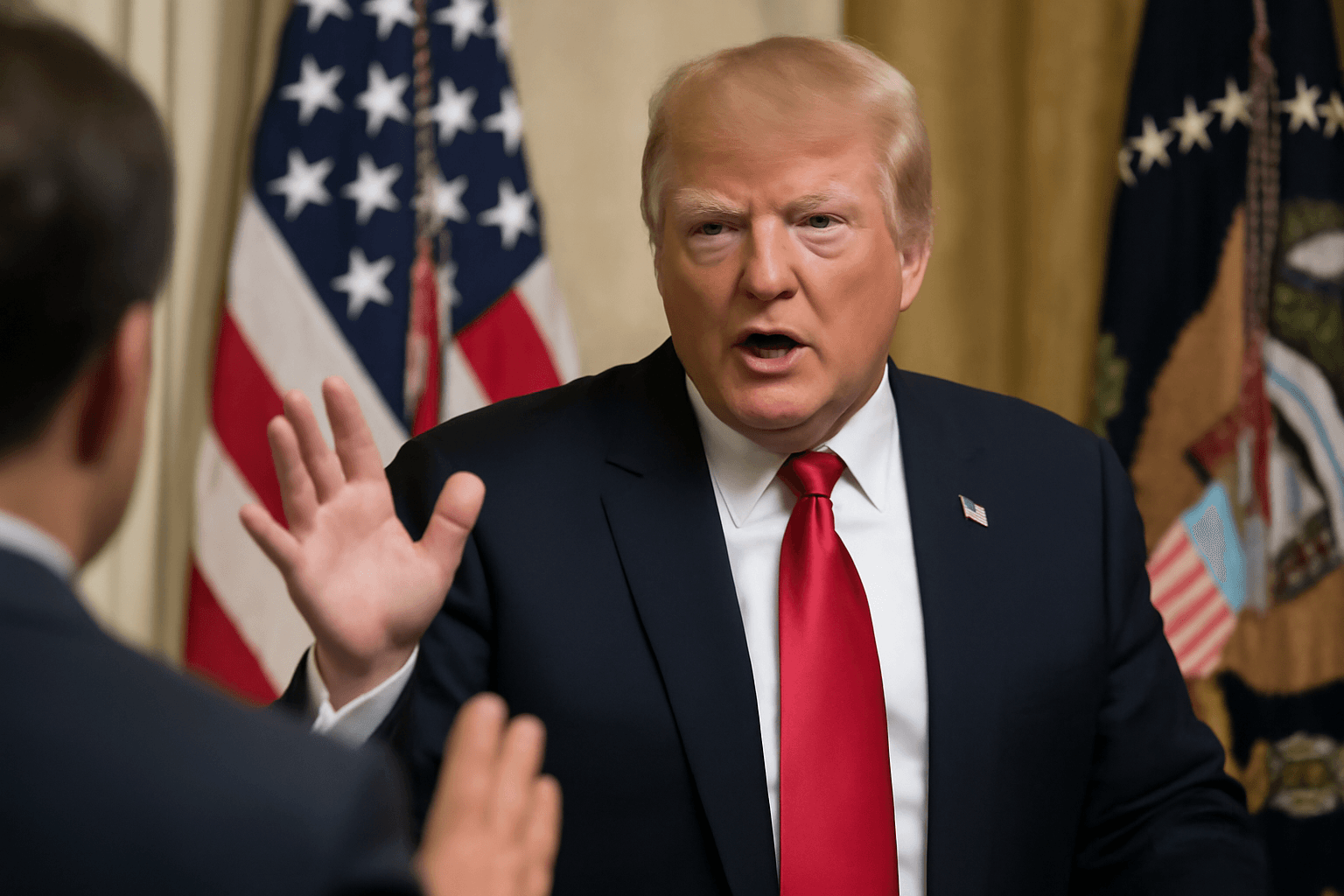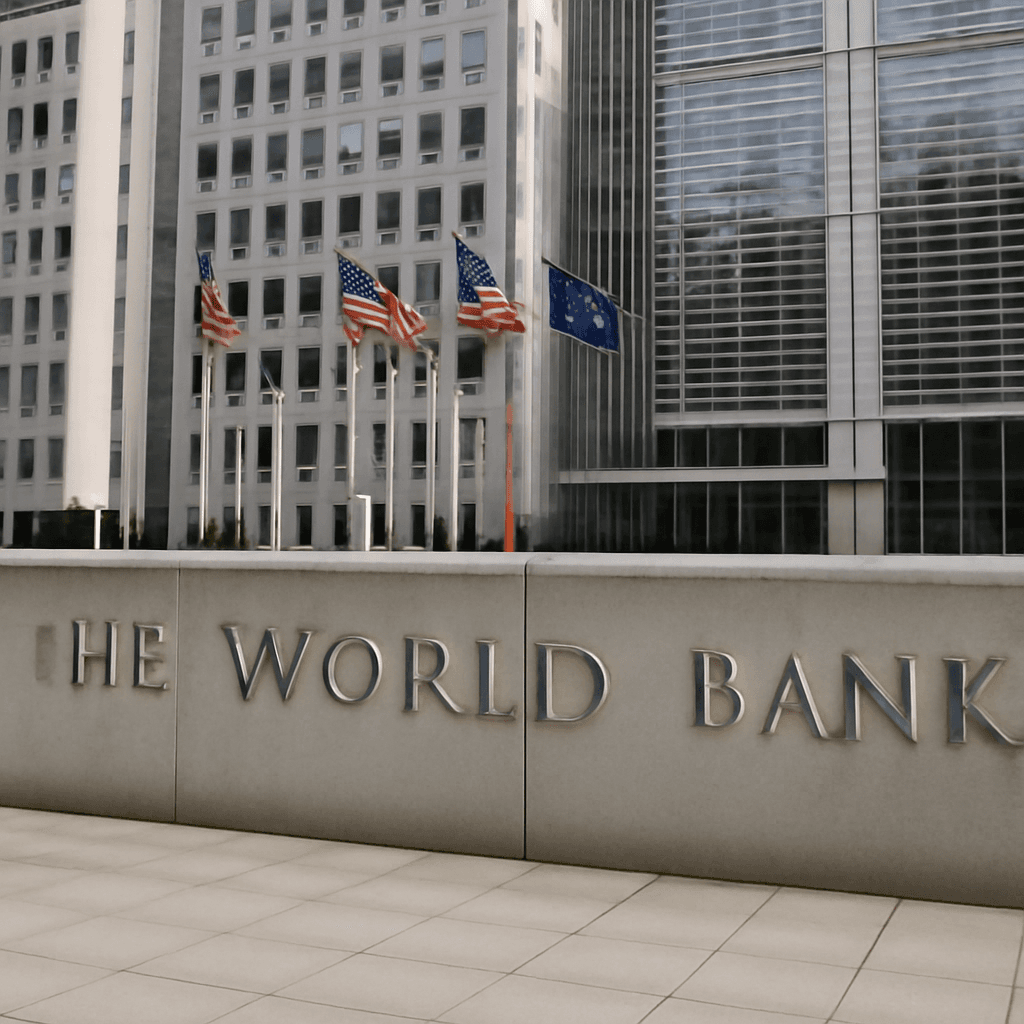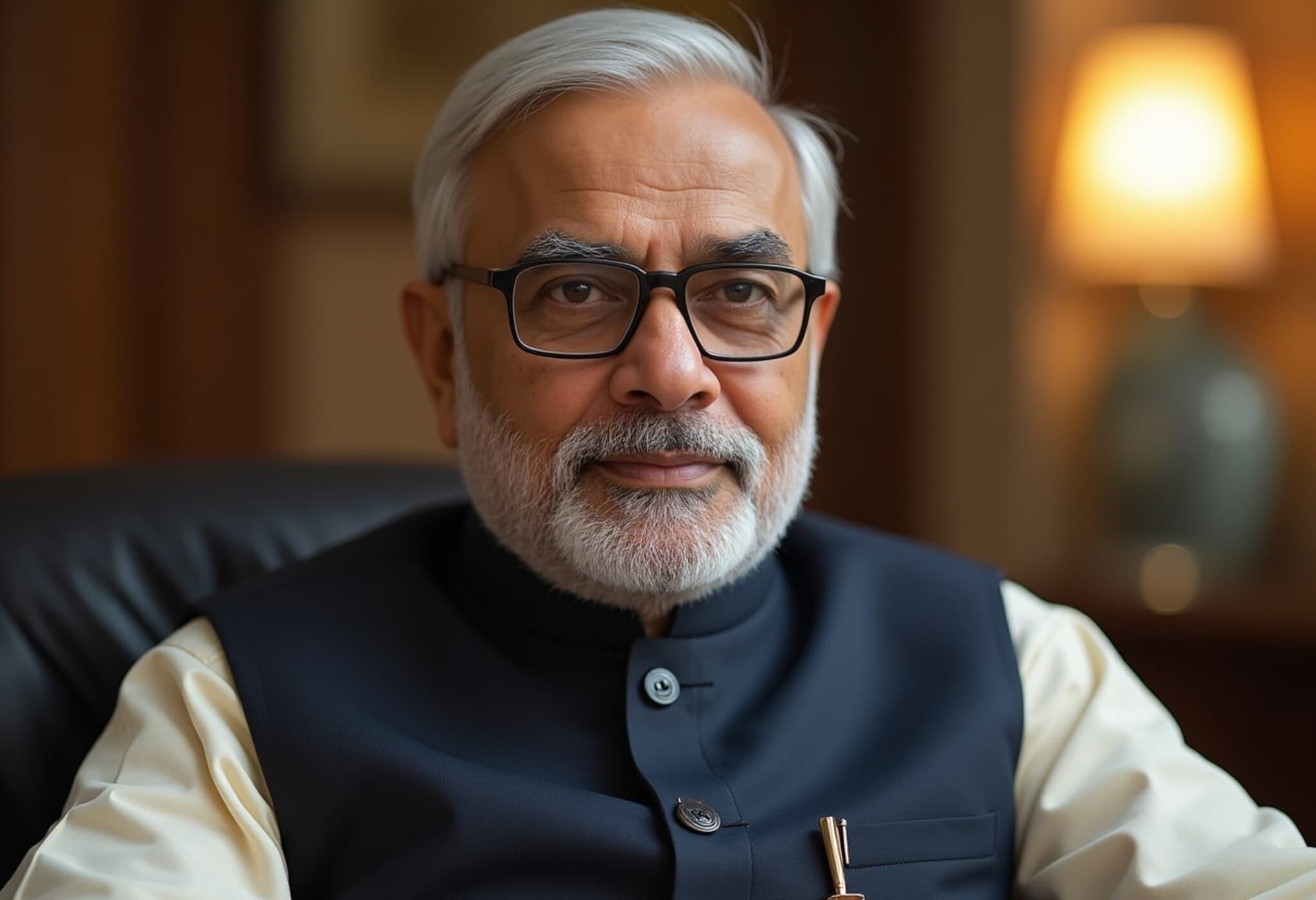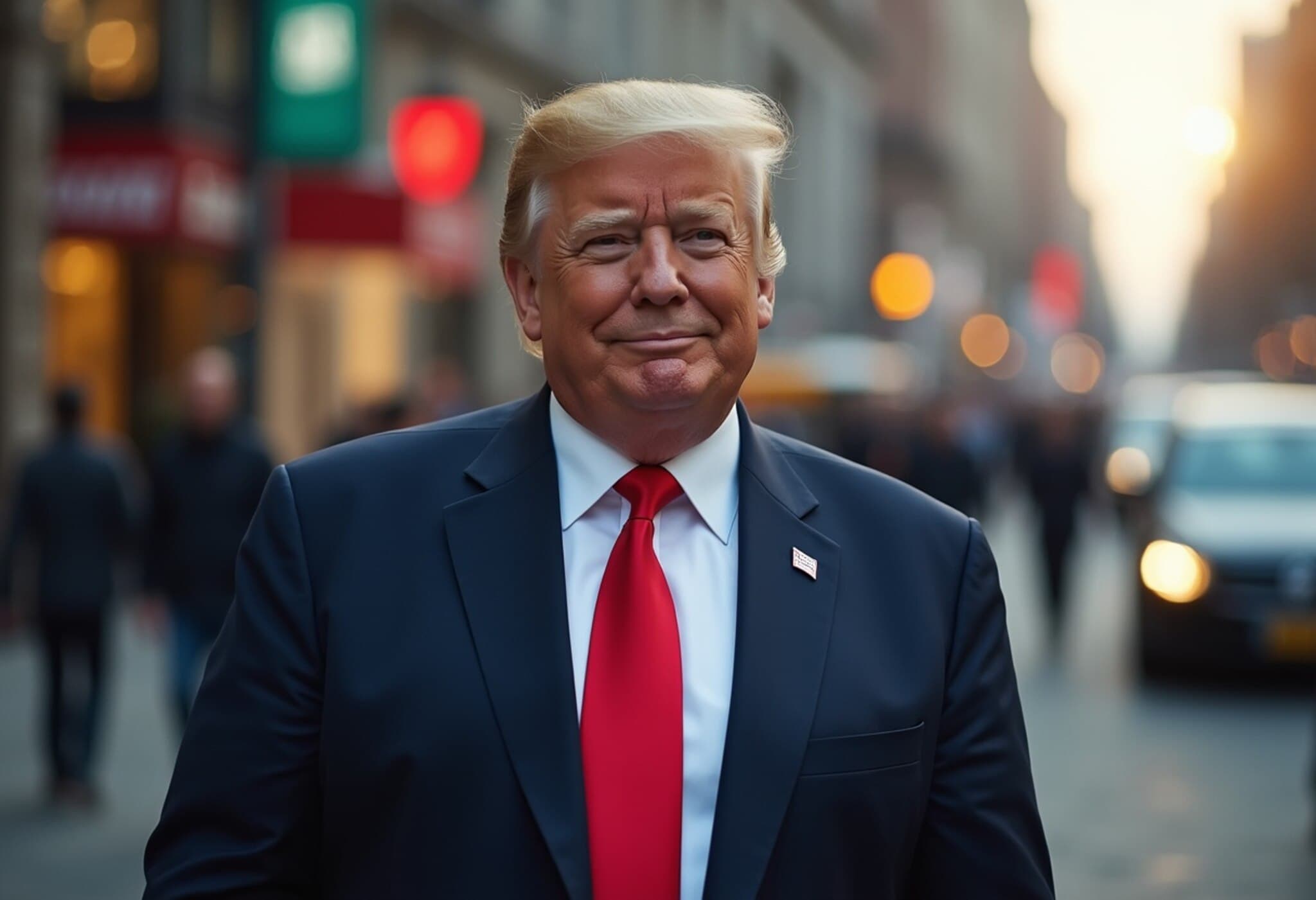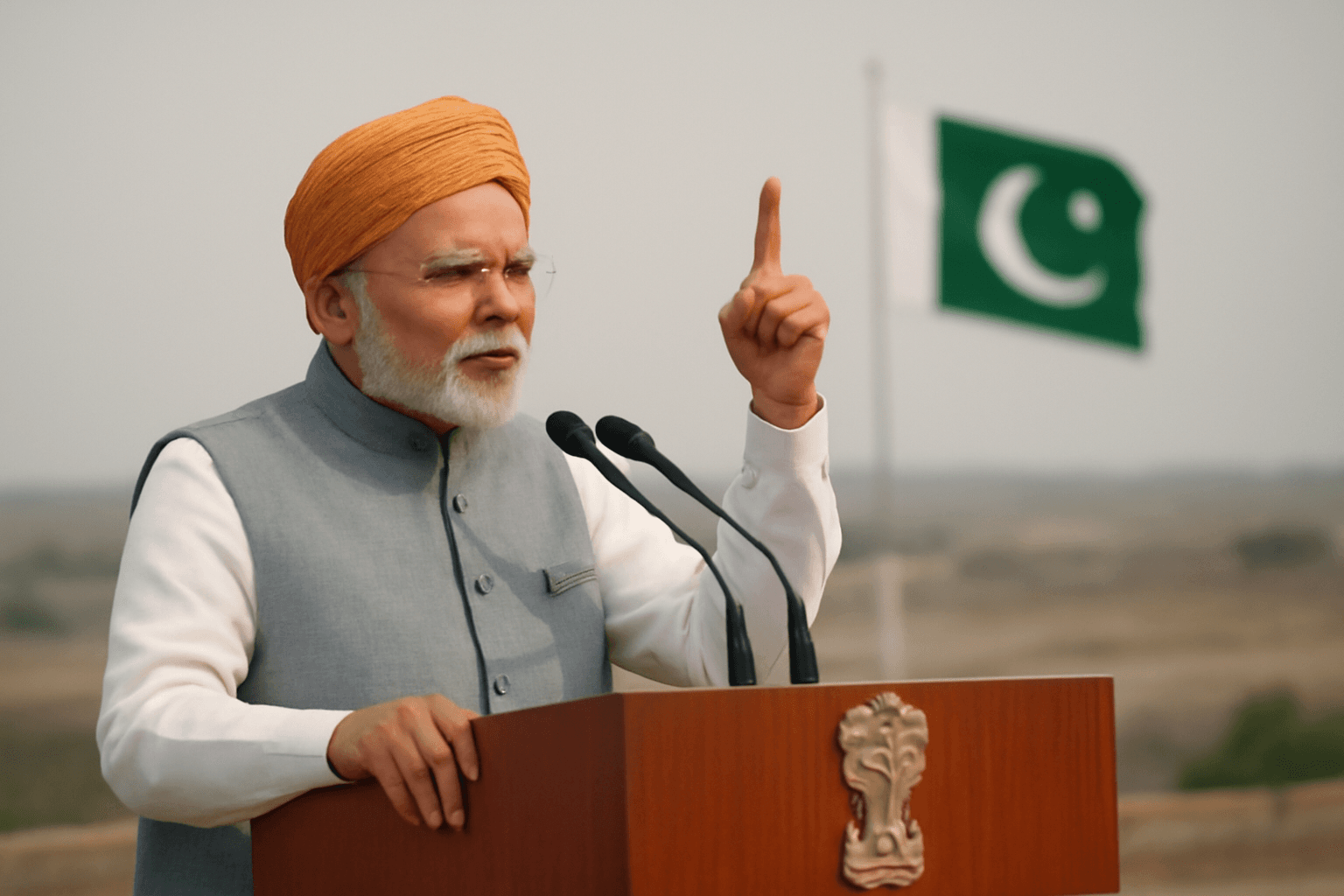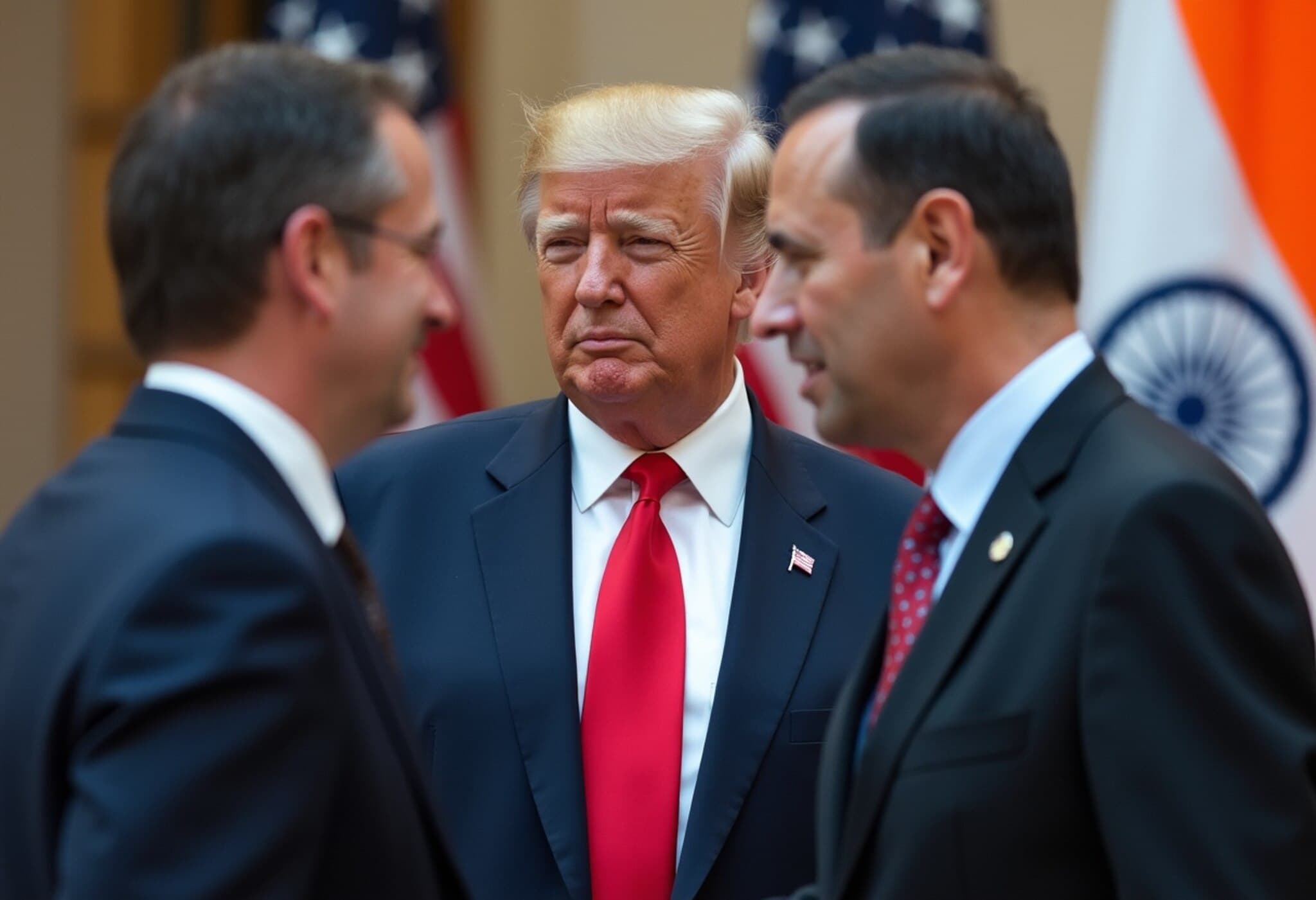US Tariffs on India Could Weigh on Economic Growth, Analysts Say
In a move that could rattle global trade dynamics, US President Donald Trump's implementation of a 25% tariff on Indian goods stands to shave off an estimated 50 to 60 basis points from India’s GDP growth in the 2025-26 fiscal year. Experts caution that this shift threatens to halt India’s economic momentum, pushing growth figures below the critical 6% threshold.
Economic Forecasts Under Pressure
The Reserve Bank of India (RBI) had forecasted a 6.5% GDP growth rate for 2025-26, underscoring a cautiously optimistic outlook amid a complex international landscape. Meanwhile, India’s Union Finance Ministry projected a growth band between 6.3-6.8%. However, the new tariffs introduced by the US could erode these projections substantially.
Analysts from the State Bank of India (SBI) highlight that a 20% tariff could already chip away 50 basis points from the GDP. Extrapolating this, a 25% tariff might well trim approximately 62 basis points, nudging GDP growth down to 5.87% or lower. Such a decline represents a meaningful disruption given India’s aspirations to sustain steady economic expansion.
Impact on Exports: A Critical Concern
The fallout isn't limited to slower GDP growth. Tariffs directly affect export volumes, with SBI’s research indicating that each 1% tariff hike correlates to a 0.5% drop in export volumes. At a 25% tariff rate, exports could conceivably slump by 12.5%. Given that the United States is India’s largest export market, such a contraction has serious repercussions for Indian industries and employment.
Expert Perspectives and Economic Models
Other prominent economists have offered nuanced estimates. Analysts from ANZ, including Dhiraj Nim and Sanjay Mathur, suggest the GDP could take a 40 basis point hit if tariffs remain throughout the fiscal year. Barclays forecasts a 30 basis point impact, while Nomura’s projections point to a 20 basis point decline.
Nomura further notes that factoring in sectoral exemptions places the effective tariff closer to 20%, reflecting some ongoing negotiations. Nonetheless, they emphasize that even a reduced tariff band of 15-20% remains a setback, especially considering India’s advanced stage in trade talks with the US. The likelihood of a lower, permanent tariff rate hinges on diplomatic and trade negotiations continuing beyond the August 1 deadline.
Broader Implications and Future Outlook
This tariff imposition is not merely a number game but signals deeper trade tensions between two critical global partners. While President Trump’s administration asserts this move as protecting American industries, it reverberates internationally, threatening to disrupt emerging market growth trajectories like India’s.
For the US economy, too, this policy raises questions about sourcing costs and price inflation, which may cascade back to consumers. Economic interdependence in today’s globalized world means that tariffs often have complex ripple effects beyond national borders.
Indian policymakers face critical choices—from expediting diversification of export markets to bolstering domestic industries resilient to such external shocks. Meanwhile, coordinated diplomatic efforts remain crucial to negotiate tariff rollback and safeguard bilateral trade relations.
Key Takeaways
- The 25% US tariff could reduce India's GDP growth by up to 0.6 percentage points, potentially dropping it below 6%.
- Exports to the US may fall by approximately 12.5%, a significant blow given its status as India’s largest export destination.
- Economic projections vary, but consensus points to noticeable short-term economic drag from tariffs if they persist.
- Ongoing negotiations might lead to lower tariffs, but even reduced rates present challenges amid a competitive global trade environment.
Editor’s Note
As global trade tensions escalate, the Indian economy faces a pivotal moment. The prospect of reduced GDP growth amid rising tariffs invites critical reflection on India’s trade dependencies and diversification strategies. How will Indian industries adapt to a potential contraction in export demand? What diplomatic levers remain to ease these tariff barriers? This evolving scenario underscores the intricate balance between protectionism and globalization—a story that will likely shape economic discourse well beyond 2025.

